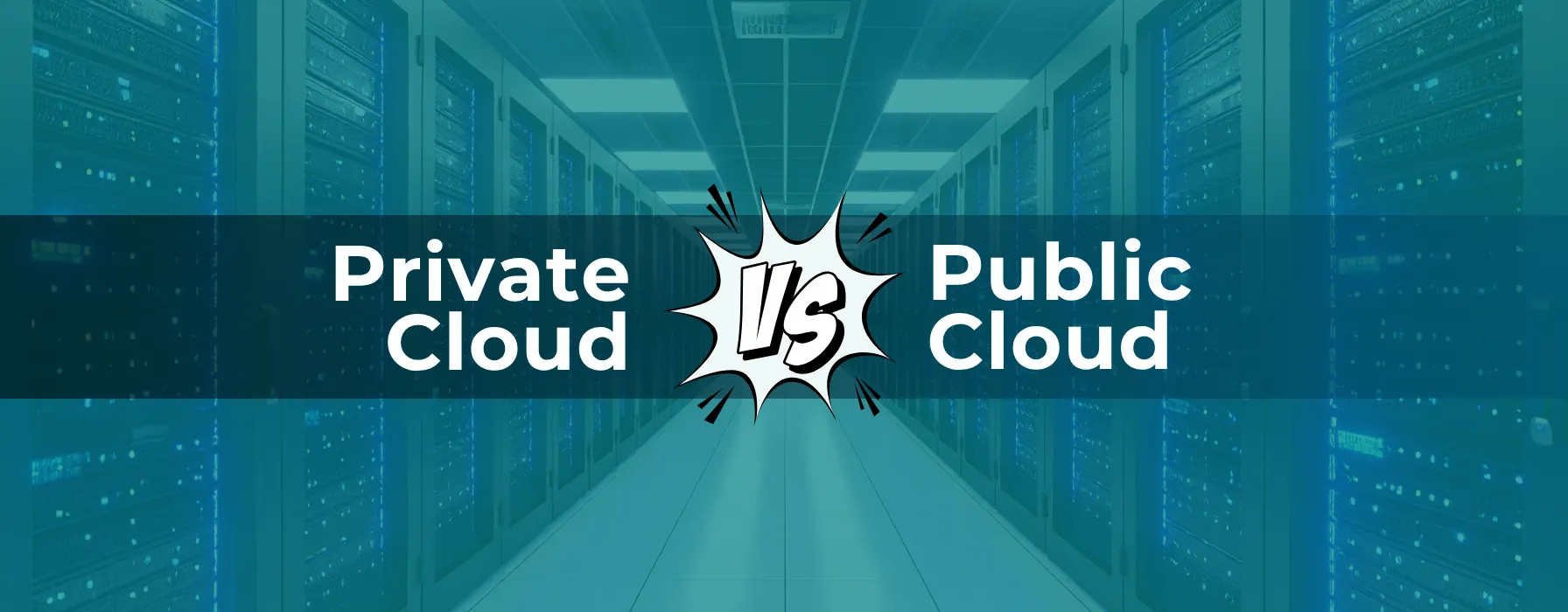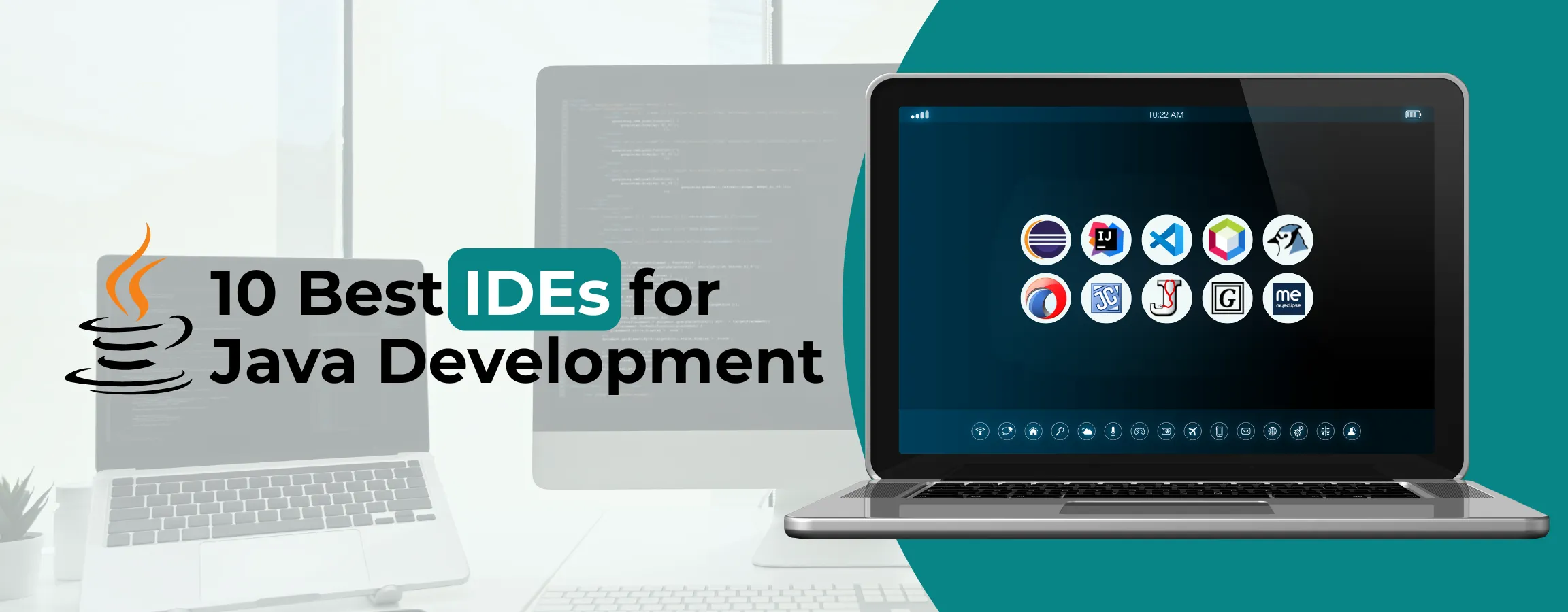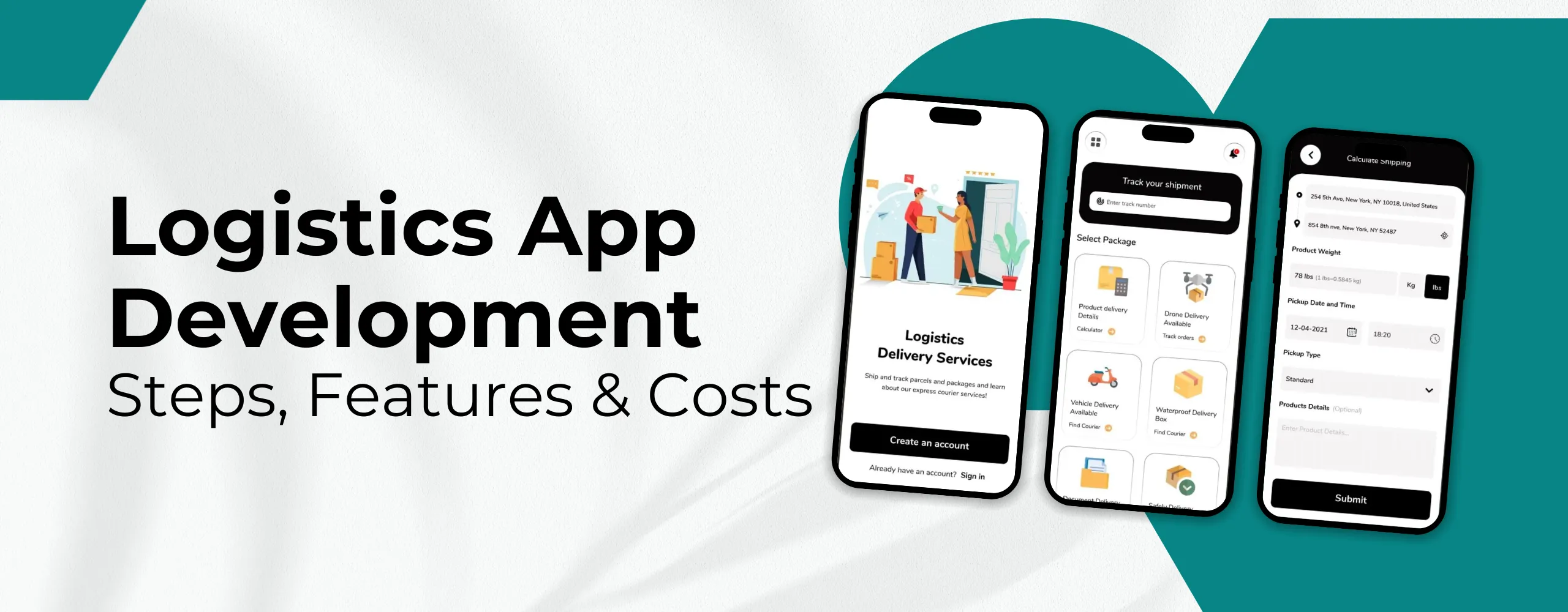
How much of your cloud spend is genuinely wasted?
Nearly 30–40% of cloud resources are often left idle or underused, quietly eating into budgets while going unnoticed by most organizations until the costs add up.
The cloud marketplace is booming, set to develop at a 19.4% CAGR over the next five years, with agencies pouring extra money into infrastructure, structures, and services. But with that growth comes an essential problem: handling cloud costs successfully.
For companies that rely on technology, it is not just about managing the cost of trimming expenses—it is about investing with intention. When your cloud expenses reflect your real business settings, you not only save money, but you’re creating space to scale faster, innovate more freely, and stay ahead of the curve.
This article will explore 12 high-quality practices that you can execute today to take control of your cloud budget without sacrificing performance.
What Is Cloud Cost Optimization?
Cloud price optimization is the practice of lowering cloud spending while at the same time maintaining or even improving performance. The purpose is to align your cloud costs with real business needs, without cutting corners on service quality, speed, or security.
This often means detecting and cutting the waste—for example, an oversized server, unused instances or outdated system design. The goal is to find a balance between costs and ensure that your systems still perform enough to support development and meet the needs of compliance.
But here’s the catch: cloud optimization isn’t something you do once and forget. Pricing models change. Usage patterns evolve. This is why it must make a continuous effort, which is driven by real-time insight, smart analysis and right automation tools, which are to keep everything in check.
12 Cloud Cost Optimization Best Practices
The perfect cloud cost optimization method involves rightsizing sources, the use of reserved or low-price cloud times, and applying autoscaling to ensure you simply pay for cost-effective operations that also meet performance expectations.
The 12 best practices outlined below help you identify, manage, and reduce cloud costs, allowing you to enhance operational efficiency even as you decrease your month-to-month bills. Following as many of these cloud value optimization tactics as feasible will give you the chance of experiencing a fine cloud ROI, allowing you to reap the advantages without incurring exorbitant fees.
1. Set Clear Budgets Based on Real Needs
Setting a budget is one of the best ways to manage cloud costs. But don’t just pick a random number. Instead, base your budget on real project needs.
Start by bringing key teams together—engineering, product, and leadership. When everyone is aligned, it’s easier to define the cost requirements of each project.
Think about how your product will be used. Is it part of a free trial or a paid enterprise plan? These details affect your cloud needs. Use them to guide decisions during planning and development.
Set a monthly cloud budget. It can vary by team or product, depending on your goals. A clear budget supports your plan better, helps you escape overspending, and preserves your cloud costs under control.
2. Review Cloud Bills to Spot Unusual Spending
Cloud service provider (CSP) bills can be long and detailed. But reviewing them regularly helps you discover where the maximum of your money is going. Start with those that specialize in high-priced regions like compute, storage, and managed offerings (such as databases). These generally make up the most important part of your cloud spend.
Most CSPs offer integrated cost management tools. These tools assist you in tracking utilization, spotting spending styles, and flagging unexpected costs e arlier than they get out of hand. Many of them now use machine learning to discover unusual activity automatically.
You can also use heat maps to see when demand is high or low. This makes it easier to find the best times to pause or scale down services and reduce costs. To stay on budget, you can set alerts that notify you when usage or costs go over your set limits.
Another smart way to control spending is by using resource tagging. Tags help you group costs by project, team, or department. This makes it easier to see where your money is going and measure the value of each cloud investment.
3. Identify and Eliminate Redundant Resources
One of the most common causes is the cloud cost spiraling out of control due to unused or unnecessary resources. They are often avoided by old projects or administrative functions that no longer serve a purpose but still add to the monthly bill.
To prevent waste, conduct regular audits of your cloud environment. Look for things like idle compute instances, empty databases, and detached storage volumes. Removing these unnecessary resources can lead to immediate and noticeable cost savings without affecting performance or productivity.
4. Right-Size Your Cloud Services
Right-sizing means adjusting your cloud assets to suit what you really want. Instead of overpaying for oversized services, you scale them right down to the right fit.
Manually right-sizing may be problematic due to the fact there are so many alternatives—like reminiscence, storage, database, and compute strength. That’s what right-sizing equipment is available for. They analyze your usage and recommend better instance types across families.
By using these devices you can cut unnecessary costs, improve performance and use the existing cloud resources.
5. Automatically Clean Up Unused Cloud Resources
Test, staging, and QA environments help developers preview changes before going live. But as soon as their purpose is served, these setups are often forgotten, leading to pointless cloud expenses.
To avoid this, upload automation in your CI/CD pipeline that shuts down environments after code is merged into the main branch. This prevents cloud waste and saves your team from manual cleanup.
6. Save More with Reserved Instances and Savings Plans
One of the easiest ways to cut cloud costs is by using Reserved Instances (RIs). These are prepaid computing resources that come with big discounts—up to 75% compared to regular pay-as-you-go pricing.
When you buy a Reserved Instance, you choose:
- An instance type (like CPU or memory size)
- A region or availability zone
- A commitment term—usually 1 or 3 years
Since you pay in advance, it is important to analyze your previous use and further plans. Reserved examples are the best for the assignment because you know they will run continuously.
If you want more flexibility, AWS Savings Plans are another great option. They also offer big savings, but let you switch between instance types or regions more easily.
7. Reduce Spending on Software Licenses
When planning your cloud budget, don’t forget to include the cost of software licenses. These are often required for tools or platforms your applications rely on. You might install them manually or through the cloud provider’s built-in marketplace.
To save money, review all your current software memberships. Do you pay for devices that have good options for free or open-source software? If so, turning on these options can reduce the total costs. You can then use savings to invest in other important areas of your cloud infrastructure.
8. Get a Clear View of Your Cloud Costs in One Place
Managing the costs of clouds in many dashboards and suppliers can be misleading. It is difficult to make smart decisions when your data is scattered.
Instead, use a single platform to look at all your cloud expenses in one place. An integrated view gives your team full visibility into the costs of all resources, customers and the environment.
With this insight level you can easily do:
- Track cost per feature
- Monitor the cost per customer
- Analyze the cost per deployment
This makes it simple to understand where your money is going—and how to optimize it.
9. Optimize Cloud Costs at Every Phase of the SDLC
Cost optimization should be part of the software development process, not an afterthought. When it is built in each stage of SDLC, it helps to avoid waste and maintain expenses to adapt to business goals.
In the planning phase, you use cost data to determine a realistic budget and prioritize facilities. This keeps teams focused and spending under control from the start.
During design and build, track costs to guide architecture decisions. Understanding unit costs helps avoid overprovisioning and supports smarter development choices.
After deployment, monitor usage closely. Catching unexpected spikes early allows teams to respond quickly and stay within budget.
Finally, break the costs by team, trait or product. This helps to connect cloud costs to the commercial value and improve the return of investment over time.
By integrating cost awareness into SDLC, each stage becomes a chance to promote efficiency and control cloud expenses.
10. Review Your Cloud Support Plan
Cloud support costs are often overlooked. Dedicated contacts and quick responses can provide security with premium plans over time, but they also add a lot to your monthly bill.
If you often do not use support services, you can pay more than your requirement. This can be understood to switch to a lower-level plan, interact on a long-term agreement or remove first-class support.
In many cases, it is more valuable to have a strong service level agreement (SLA) than access around the clock. When major outages happen, the premium support cannot solve the problem immediately.
11. Use Cloud-Native Architecture for Better Cost Control
Designing your system with cloud-centric principles can help cut costs and increase efficiency. For example, using automatic scaling ensures that you only pay for the resources you are actually using.
AWS offers the best procedure for creating a well-known tool as architected tools to create economical cloud systems. You can check AWS documentation or search for specialist help to correct the design process.
Keep in mind, cloud-native design often requires specific skills. Many companies start by improving their existing cloud layout instead of making everything from scratch.
The secret is to locate the right balance between overall performance, speed, and price, particularly if you’re aiming for faster DevOps workflows.
12. Forecast Future Cloud Costs to Stay on Budget
Predicting your cloud spending helps you keep away from surprise payments and use assets more efficiently. By looking at past utilization and making use of smart forecasting strategies, you can plan better for the future.
Here’s how to forecast cloud costs effectively:
- Examine previous utilization: Look at cloud logs (like compute, storage, and information transfer) to identify developments, such as usage spikes during product launches or busy seasons.
- Break it down by workload: Forecast costs for each type of workload (like databases, AI models, or Kubernetes clusters). This helps you spot which ones might grow and cost more.
- Use cloud forecasting tools: AWS Cost Explorer, Azure Cost Management as a platform or CloudHealth tool uses AI to predict future costs based on current use and expected increase.
- Plan for different scenarios: Cost forecasts for many growth paths such as general development, rapid expansion or cost-cutting strategies.
- Monitor and adjust in real time: Set up alerts for cost spikes. This helps you update your forecasts and stay in control.
Top Cloud Management Tools
Here are the top cloud cost management tools you can use to track, reduce, and optimize your cloud spending.
| Tool | What it Does | Cloud Platforms Supported | Pricing |
|---|---|---|---|
| CloudZero | Helps align cloud costs with business goals and gives per-unit cost insights (like cost per user or customer) | AWS, Azure, GCP, Oracle | Custom pricing based on usage |
| Apptio Cloudability | Offers dashboards, cost allocation, anomaly alerts, and supports FinOps practices | AWS, Azure, GCP | Subscription plan |
| nOps | Provides real-time cost tracking, compliance monitoring, change management, and cloud automation | AWS | Subscription plan |
| CloudCheckr | Delivers reports, security tools, automation, and governance for multi-cloud setups | AWS, Azure, GCP | Subscription plan |
| Densify | Uses AI to optimize cloud resources, supports hybrid cloud, and automates resource management | AWS, Azure, GCP | Subscription plan |
| Spot by NetApp | Optimizes costs by automatically scaling and managing workloads using AI | AWS, Azure, GCP | Subscription plan |
| CAST AI | Automates cost optimization for Kubernetes workloads with real-time savings recommendations | AWS, GCP, Azure | Custom pricing |
| Harness Cloud Cost Management | Gives visibility into cloud costs, identifies unused resources, and supports engineering teams with budget alerts | AWS, Azure, GCP | Subscription plan |
| Kubecost | Monitors Kubernetes spending, provides cost breakdown by namespace, service, or label | AWS, GCP, Azure (Kubernetes only) | Free tier + paid plans |
| CloudHealth by VMware | Centralized platform for cost, usage, and security management across clouds | AWS, Azure, GCP | Subscription plan |
These tools offer powerful features designed for different cloud platforms. They help you reduce costs and run your cloud more efficiently.
When choosing a tool, think about:
- Which cloud provider you use
- Your company’s specific needs
- Your available budget
Conclusion: Take Control of Your Cloud Costs
Cloud platforms offer usage data, but they don’t help you act on it.
With end-to-end cloud cost management, you can:
- Find and eliminate wasted resources
- Automate scaling and rightsizing
- Use spot instances and savings plans effectively
- Cut Kubernetes and container costs
- Align cloud spend with performance goals
The result? Lower bills, better performance, and more control. Start with a cloud cost audit or explore cloud infrastructure management services today.











